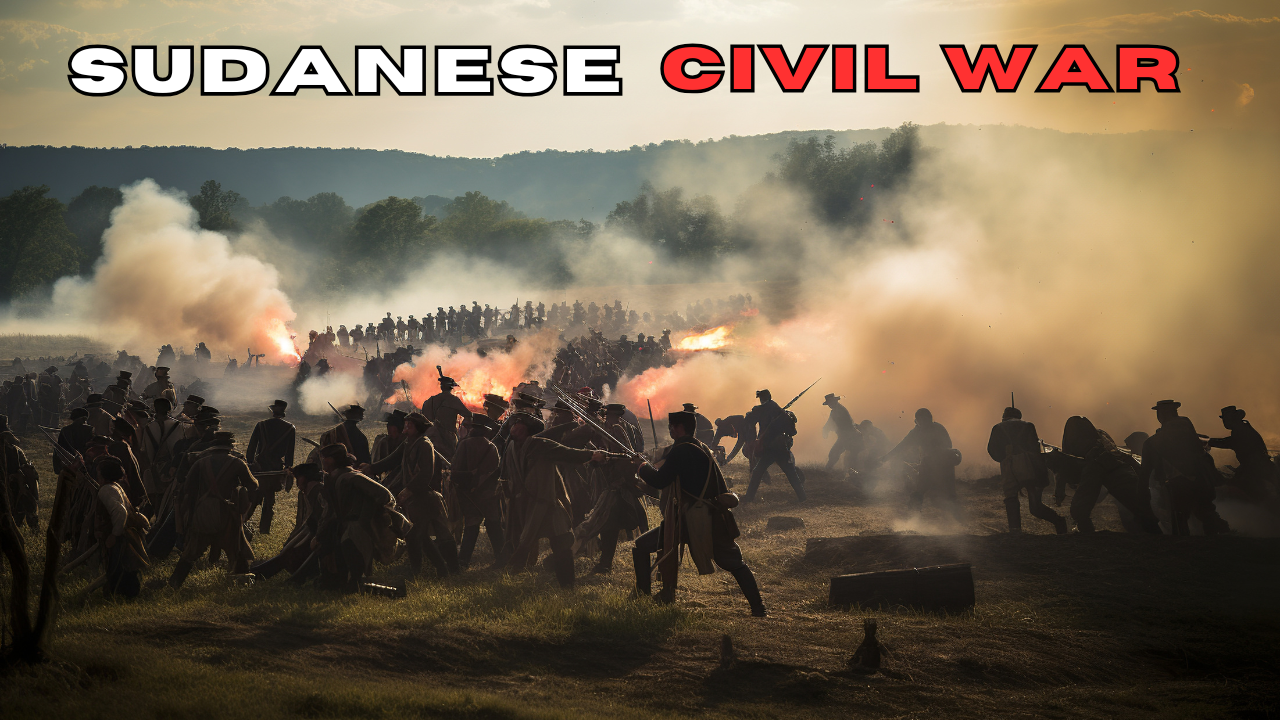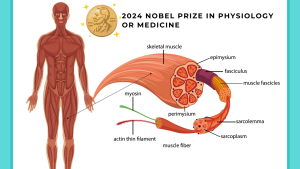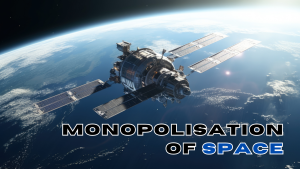Sudanese Civil War
Context:
Sudanese Civil War On September 26, the Sudanese Armed Forces (SAF) launched a major offensive against the paramilitary Rapid Support Forces (RSF) in Khartoum and Bahri, reigniting the conflict after a relatively quiet period.

More on News:
- Eighteen months into the civil war, the United Nations has reported over 20,000 deaths, while the International Organization for Migration (IOM) recorded around 10,890,722 internally displaced persons (IDPs) as of October 1.
- Despite multiple ceasefire attempts, all efforts at peace talks have failed, with the latest offensive coming ahead of the U.S.-led negotiations at the UN General Assembly.
Key players in the conflict:
- The Sudanese civil war has been raging for over 18 months, primarily between two military factions: the SAF and the RSF.
- The conflict, rooted in a power struggle between SAF leader Abdel Fattah al-Burhan and RSF head Hamdan Dagalo, began in Khartoum but has since spread to areas like Omdurman, Bahri, Port Sudan, El Fasher, and the Darfur and Kordofan states.
- The RSF currently holds an advantage in several regions, though the SAF has launched airstrikes and regained control of small areas around Khartoum since August.
- The humanitarian crisis continues to worsen across the country, particularly in the Darfur region, where access to aid and healthcare is severely restricted.
- Both sides have been accused of war crimes, including sexual violence and extrajudicial killings.
- In August, the UN declared famine in North Darfur’s Zamzam camp, which hosts nearly 500,000 IDPs.
- Fourteen regions in Darfur, Kordofan, and Jazeera face similarly dire conditions.
- As of the latest UN report, 25.6 million Sudanese, more than half the population, are experiencing severe food insecurity, compounded by heavy rains, floods, and a cholera outbreak that has claimed over 200 lives.
Why is the war still ongoing?
- Legitimacy: Both the SAF and RSF remain determined to solidify their power and legitimacy.
- The SAF claims to be Sudan’s legitimate government, a stance tentatively recognised by the UN, despite coming to power in a 2021 coup.
- Meanwhile, the RSF holds strategic territories and opposes the SAF’s attempts to represent Sudan internationally.
- The RSF, originally an Arab militia known as Janjaweed, is seeking support from Arab nations to bolster its claim to power.
- Easy Access to Weapons: Although Sudan has been under a UN arms embargo since the Darfur crisis in 2004, weapons have continued to flow into the country.
- A July report from Human Rights Watch revealed that both sides are using advanced weaponry, including drones, anti-tank missiles, and rocket launchers, sourced from China, Russia, Iran, Serbia, and the UAE.
- Ethnic Dimension: It is because Arab and non-Arab militias aligning with the RSF and SAF, respectively.
- The RSF and its allied Arab militias have targeted non-Arab communities, particularly the Masalit in Darfur, intensifying the conflict.
- External Players: Additionally, the SAF has accused the UAE and Russia’s Wagner Group of supporting the RSF, although both have denied direct military involvement.
- The group is allegedly helping supply weapons to the RSF through the Central African Republic, while Russia has provided arms to the SAF.
- Lack of Visibility: Limited media attention and restricted access for international organisations in war zones have further complicated mediation efforts.
Peace Efforts:
- Ceasefire Attempts: Nine ceasefire attempts, led mainly by the U.S. and Saudi Arabia, have all failed.
- Although both sides claim to be open to negotiations, they have shown little willingness to comply with ceasefire agreements, using these lulls to gain military advantages.
- International Organisation: Efforts by the UN, African Union, EU, and Intergovernmental Authority on Development have also been unsuccessful.
- Egypt’s call for an immediate cessation of hostilities at an Arab League meeting in May has similarly yielded no results.
Regional Impacts:
- Neighbours: The conflict has forced more than two million people to seek refuge in neighbouring countries such as Chad, South Sudan, and Ethiopia.
- Ethnic violence has also increased along Sudan’s borders with South Sudan, Ethiopia, and Eritrea, with more than 100 casualties reported in the disputed Abiey region.
- Clashes over agricultural land have been frequent in the El Fashaga region on the Sudan-Ethiopia border, and the conflict has jeopardised an oil pipeline from South Sudan to the Red Sea.
- Europe: Refugee camps are overwhelmed, and there are concerns in Europe that many will attempt to reach the continent.
- In February, a migrant boat carrying Sudanese refugees capsized along the Tunisia-Italy route, leading to dozens of deaths.
The Sudanese civil war remains complex, involving multiple actors across a wide geographic area, complicating international mediation efforts. Numerous failed ceasefires indicate the need to rethink diplomatic approaches. While the SAF has made some gains around Khartoum, defeating the RSF seems far off, and the RSF, lacking international recognition, is unlikely to compromise. There are growing fears of Sudan’s potential division, similar to Libya’s, as global attention is diverted to other crises, leaving Sudan’s conflict to persist without resolution.
subscribe to our Youtube Channel for more Valuable Content – TheStudyias
Download the App to Subscribe to our Courses – Thestudyias
The Source’s Authority and Ownership of the Article is Claimed By THE STUDY IAS BY MANIKANT SINGH



